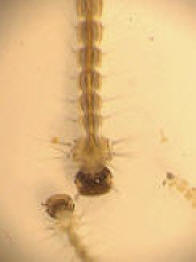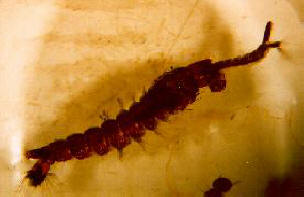 |
Population and community processes: I am
currently collaborating with colleagues
Phil Lounibos,
George O'Meara (University of
Florida, Florida Medical Entomology Laboratory)
on a project on the invasion biology of Aedes
albopictus. This species has spread rapidly in much of the eastern US, and has
diplaced Aedes aegypti at many sites in the southeast. Replacement suggests
competitive exclusion, but past laboratory studies of these species failed to show a
competitive advantage for A. albopictus. This paradox has led to alternative
hypotheses for the mechanism by which A. albopictus replaces A. aegypti,
including the hypothesis that apparent competition via shared ascogregarine parasites
causes the disadvantage for A. aegypti. What is the
mechanism leading replacement of a resident species by an invader? We are also
investigating physical factors, such as effects of temperature, water chemistry, and
desiccation, that may affect the interaction between these species, in an effort to
understand why A. aegypti is able to persist in some locations but not in others. In a related project, we have investigated the processes that organize north
temperate communities of container dwelling insects. In this project, our main focus is on
the role of habitat drying as it affects species interactions and community composition.
What are the roles of physical factors like habitat
drying in container communities? |
